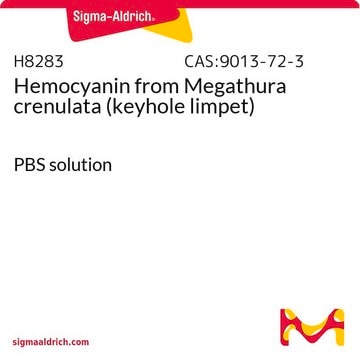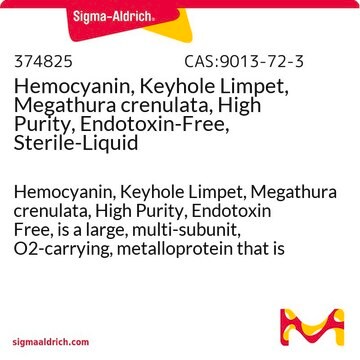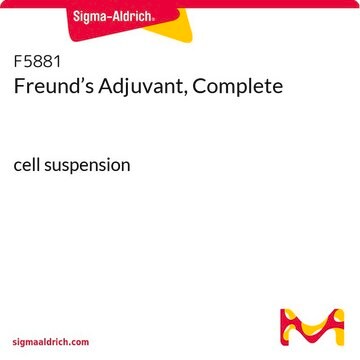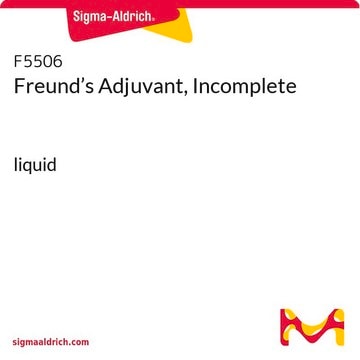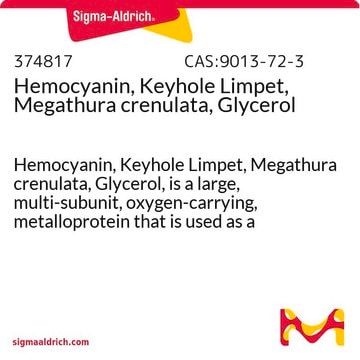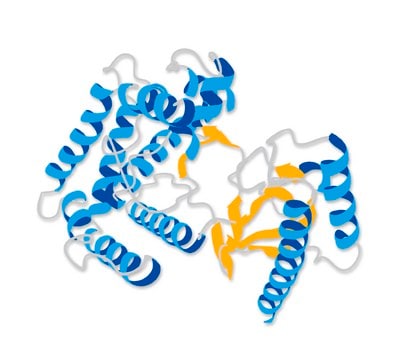Kluczowe dokumenty
H7017
Hemocyanin from Megathura crenulata (keyhole limpet)
Synonim(y):
KLH, Keyhole limpet hemocyanin
Wybierz wielkość
893,00 zł
Wybierz wielkość
About This Item
893,00 zł
Polecane produkty
pochodzenie biologiczne
Megathura crenulata
Poziom jakości
Formularz
powder
opakowanie
vial of KLH (KLH is present by weight at approximately 1 part KLH to 5 parts total solid.)
metody
ELISA: suitable
rozpuszczalność
H2O: soluble
temp. przechowywania
2-8°C
Szukasz podobnych produktów? Odwiedź Przewodnik dotyczący porównywania produktów
Opis ogólny
Zastosowanie
Postać fizyczna
Rekonstytucja
Reconstituted protein solution may be stored up to 2 months at −20 °C.
Kod klasy składowania
10 - Combustible liquids
Klasa zagrożenia wodnego (WGK)
WGK 3
Temperatura zapłonu (°F)
Not applicable
Temperatura zapłonu (°C)
Not applicable
Środki ochrony indywidualnej
Eyeshields, Gloves, type N95 (US)
Wybierz jedną z najnowszych wersji:
Certyfikaty analizy (CoA)
Nie widzisz odpowiedniej wersji?
Jeśli potrzebujesz konkretnej wersji, możesz wyszukać konkretny certyfikat według numeru partii lub serii.
Masz już ten produkt?
Dokumenty związane z niedawno zakupionymi produktami zostały zamieszczone w Bibliotece dokumentów.
Active Filters
Nasz zespół naukowców ma doświadczenie we wszystkich obszarach badań, w tym w naukach przyrodniczych, materiałoznawstwie, syntezie chemicznej, chromatografii, analityce i wielu innych dziedzinach.
Skontaktuj się z zespołem ds. pomocy technicznej